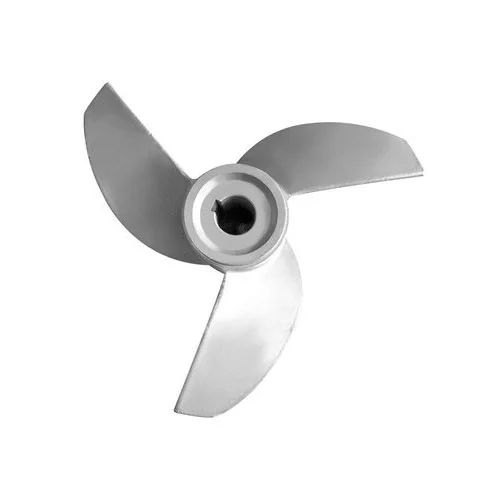How to Choose the Right Metal Die Casting Method for Your Needs
2025-02-08
Choosing the right metal die casting method is crucial to ensure efficiency, cost-effectiveness, and high-quality production. Here are the key factors to consider when selecting the best die casting method for your needs:
1. Material Selection
- Aluminum: Lightweight, corrosion-resistant, and ideal for automotive and aerospace applications.
- Zinc: High precision, durability, and lower melting point, making it suitable for complex parts.
- Magnesium: Lightweight and strong, often used in consumer electronics and automotive industries.
2. Production Volume
- High-Pressure Die Casting (HPDC): Best for high-volume production due to its fast cycle times.
- Low-Pressure Die Casting (LPDC): Suitable for medium-volume production with better control over porosity.
- Gravity Die Casting: Ideal for small batches or larger, simpler components.

3. Part Complexity and Precision
- HPDC is preferred for intricate and detailed parts with tight tolerances.
- LPDC and gravity casting work well for structural parts with moderate complexity.
4. Cost Considerations
- HPDC requires a high initial investment in tooling but is cost-effective for large runs.
- Gravity and LPDC have lower tooling costs but may require additional machining for precision.
5. Environmental and Regulatory Compliance
- Ensure the chosen material and process comply with industry standards and environmental regulations.
- Consider recyclability and sustainability factors if required.
By evaluating these factors, you can select the best metal die casting method that balances quality, cost, and production efficiency. Let me know if you need more details!


